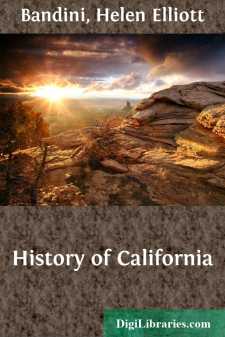Categories
- Antiques & Collectibles 13
- Architecture 36
- Art 48
- Bibles 22
- Biography & Autobiography 816
- Body, Mind & Spirit 145
- Business & Economics 28
- Children's Books 17
- Children's Fiction 14
- Computers 4
- Cooking 94
- Crafts & Hobbies 4
- Drama 346
- Education 58
- Family & Relationships 59
- Fiction 11834
- Foreign Language Study 3
- Games 19
- Gardening 17
- Health & Fitness 34
- History 1378
- House & Home 1
- Humor 147
- Juvenile Fiction 1873
- Juvenile Nonfiction 202
- Language Arts & Disciplines 89
- Law 16
- Literary Collections 686
- Literary Criticism 179
- Mathematics 13
- Medical 41
- Music 40
- Nature 179
- Non-Classifiable 1768
- Performing Arts 7
- Periodicals 1453
- Philosophy 66
- Photography 2
- Poetry 897
- Political Science 203
- Psychology 45
- Reference 154
- Religion 516
- Science 126
- Self-Help 85
- Social Science 82
- Sports & Recreation 34
- Study Aids 3
- Technology & Engineering 59
- Transportation 23
- Travel 463
- True Crime 29
Our website is made possible by displaying online advertisements to our visitors.
Please consider supporting us by disabling your ad blocker.
History of California
Categories:
Description:
Excerpt
Chapter I.
The Land and the Name
Once upon a time, about four hundred years ago, there was published in old Spain a novel which soon became unusually popular. The successful story of those days was one which caught the fancy of the men, was read by them, discussed at their gatherings, and often carried with them when they went to the wars or in search of adventures. This particular story would not interest readers of to-day save for this passage: "Know that on the right hand of the Indies there is an island called California, very near the Terrestrial Paradise, and it is peopled by black women who live after the fashion of Amazons. This island is the strongest in the world, with its steep rocks and great cliffs, and there is no metal in the island but gold."
There is no doubt that some bold explorer, crossing over from Spain to Mexico and enlisting under the leadership of the gallant Cortez, sailed the unknown South Sea (the Pacific) and gave to the new land discovered by one of Cortez's pilots the name of the golden island in this favorite story.
This land, thought to be an island, is now known to us as the peninsula of Lower California. The name first appeared in 1542 on the map of Domingo Castillo, and was soon applied to all the land claimed by Spain from Cape San Lucas up the coast as far north as 44¼, which was probably a little higher than any Spanish explorer had ever sailed.
"Sir Francis Drake," says the old chronicle, "was the first Englishman to sail on the back side of America," and from that time until now California has been considered the back door of the country. This was natural because the first settlements in the United States were along the Atlantic seacoast. The people who came from England kept their faces turned eastward, looking to the Mother Country for help, and watching Europe, and later England herself, as a quarter from which danger might come, as indeed it did in the war of the Revolution and that of 1812.
During the last few years, however, various events have happened to change this attitude. Through its success in the late Spanish war the United States gained confidence in its own powers, while the people of the old world began to realize that the young republic of the western hemisphere, since it did not hesitate to make war in the interests of humanity, would not be apt to allow its own rights to be imposed upon. The coming of the Philippine and Hawaiian Islands under the protection of the United States, the Russo-Japanese war, which opened the eyes of the world to the strength of Japan and the wisdom of securing its trade, and the action of the United States in undertaking the building of the Panama Canal, are indications that the Pacific will in the future support a commerce the greatness of which we of to-day cannot estimate. With danger from European interference no longer pressing closely upon the nation, President Roosevelt in 1907 took a decided step in recognizing the importance of the Pacific when he sent to that coast so large a number of the most modern vessels of the navy....


